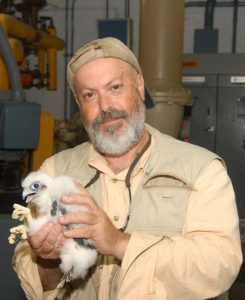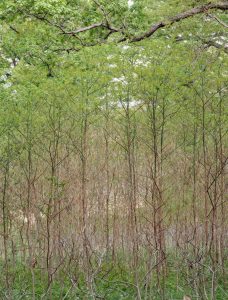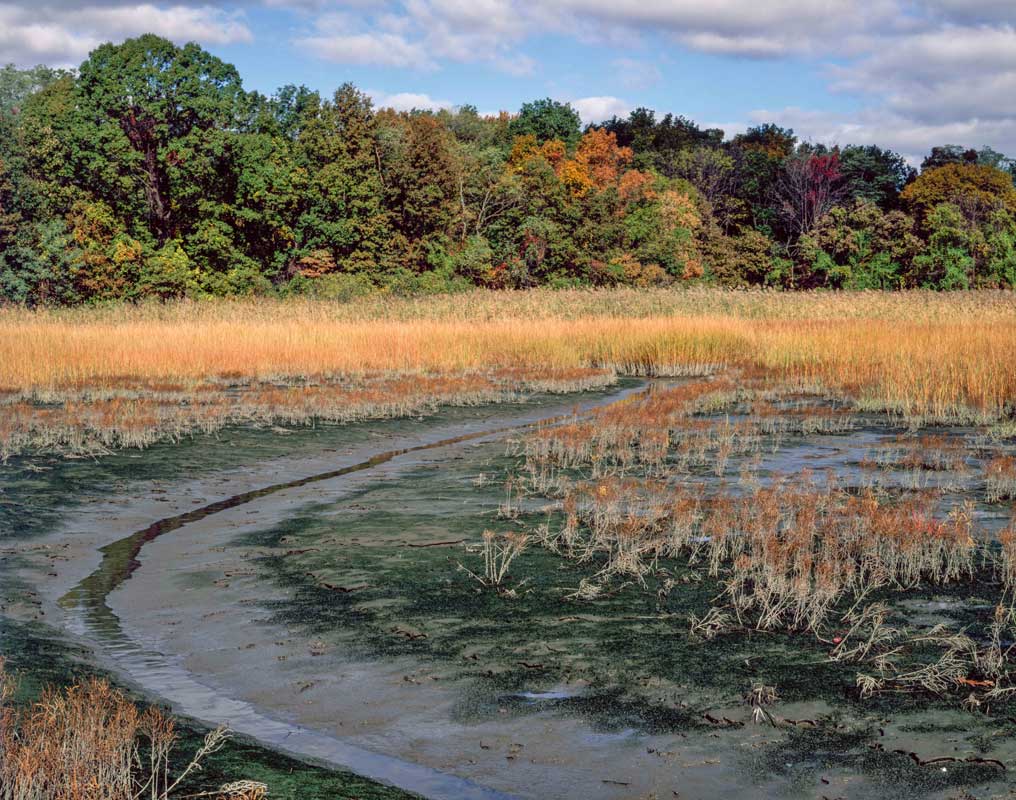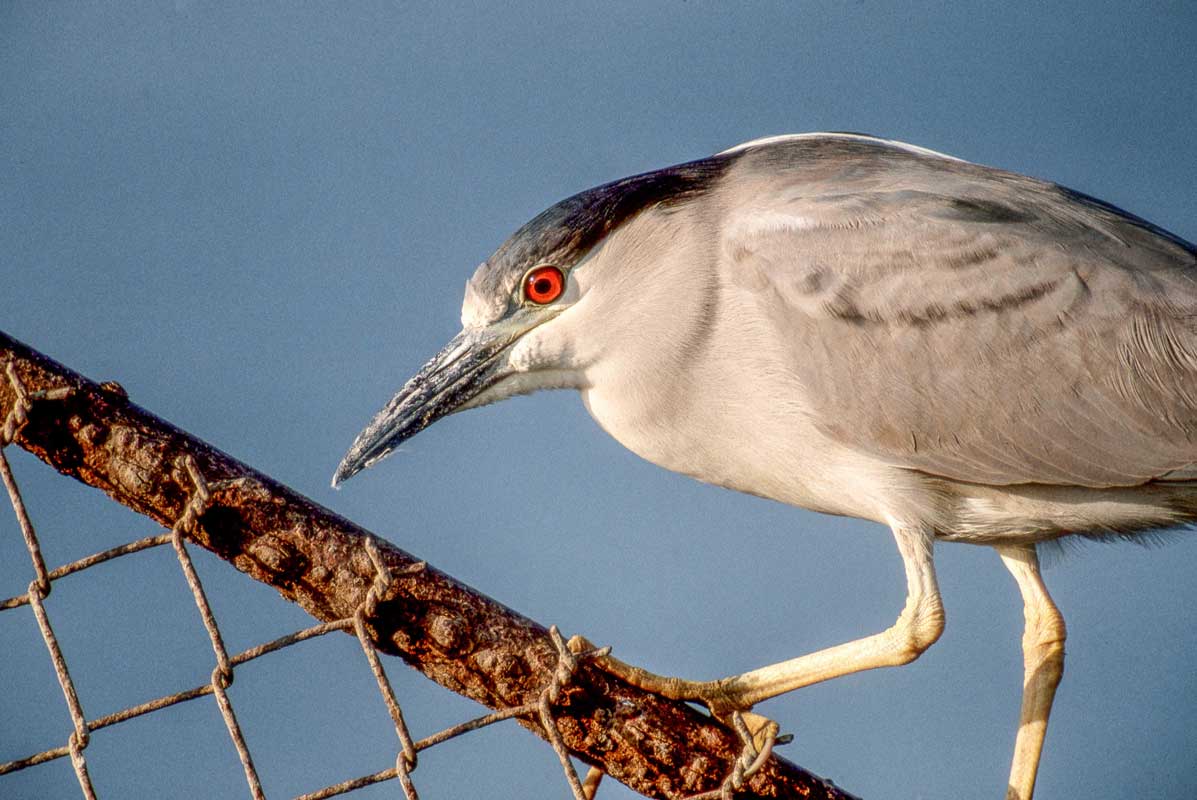Q&A with Mike Feller about NYBG’s new Urban Naturalist Program
Posted in Adult Education on March 31 2017, by Samantha Fletcher

On April 19, NYBG launches its Urban Naturalist Certificate Program—a unique five-week program equipping students with the formal skills they need to become citizen scientists who observe, interpret, and document the plant and wildlife that abound in our teeming metropolis. Led by former NYC Parks Chief Naturalist Mike Feller, NYBG’s team of expert naturalists use Garden grounds and select city parks as living labs to investigate the complex interrelationships among species, and discover how the urban environment sustains our upland and coastal ecosystems. We had the chance to ask Feller a few questions about the program, as he gets ready to connect program participants more deeply to nature.
You were NYC Parks’ Chief Naturalist for 31 years and spearheaded the creation of the Forever Wild Program that established 51 nature preserves throughout New York City. What led you into your career as an urban naturalist?
Since early childhood I was fascinated by rocks, seashells, and seeds. But I had no expectation that I could make a career out of being a naturalist until 1983 when I was hired as a Parks Department Urban Park Ranger.

Can you explain what a naturalist does?
Naturalists “do” natural history; we observe, experience, and describe nature, and we attempt to make connections and syntheses.
Some might argue there isn’t much nature to observe, experience, and describe in New York City. What do you say to them?
For the majority of New Yorkers, the iconic built city makes it impossible to imagine that beautiful, worthwhile natural areas even exist. For most, the relentless asphalt and cement deck filled with people is the subject. The estuary and the 22,000 acres of natural area is negative space. I’ve spent more than 30 years trying to confront this bias and to share the city’s natural areas with others so they can experience the wonder I’ve experienced. The convergence of New York City’s climate and geology—its location at the junction of northern and southern hardiness zones, its position on the Atlantic Flyway, the mingling of ocean tides and freshwater in the Hudson Raritan Estuary—actually make the city a nature lover’s paradise.
What role do you see naturalists play in cities?
Naturalists in cities can draw attention to the plants and animals, and geological and ecological processes that are as much a part of cities as the built infrastructure and human hustle-bustle.
Are there instances where citizen scientists/naturalists have actually helped preserve any species or ecosystems in New York City?
There is a deep history of NYC naturalists advocating for natural area preservation and conservation since at least the middle of the 19th Century. In the 1980s, I worked on the Buffer the Bay initiative that successfully transferred 100s of acres of salt marsh and upland buffers surrounding Jamaica Bay to New York City Parks. Similarly, the Harbor Herons program put into Parks’ ownership the region’s most important colonial wading bird rookeries, in which I help survey the nests each year. Both initiatives were sponsored by NYC Parks, NYC Audubon, and the Trust for Public Land.

What unlikely locations in New York City host some of the most interesting wildlife?
New York City supports one of the densest populations of peregrine falcons in the world (about 12 nesting pairs), where their preferred nesting habitat is bridge towers and skyscraper ledges. Forty percent of the herons and egrets in our region—including Long Island, Western Connecticut, and northern New Jersey—nest on a handful of islands in NY Harbor. Each year, more than 300 species of resident and migratory bird species are observed by bird watchers in “birding” meccas including Central and Prospect parks and the Jamaica Bay Wildlife Refuge. Additionally, the Harbor Estuary is the only one on the East Coast that retains its full complement of historical breeding fish. These are just some examples.

We saw a recent article on Scientific American, that lauded our program for “fill(ing) an important void” in natural history education. What impact do you think this program will have?
This program will be a powerful resource for helping New Yorkers develop their ecological literacy and facilitate their becoming citizen scientists and nature stewards, which will become even more important in the near future. The United Nation’s Department of Economics and Social Affairs predicts that by the middle of the 21st Century 66% of the Earth’s human population will live in cities. In the 19th Century, Henry David Thoreau said “In wilderness is the preservation of the world.” Perhaps today Thoreau would say “In urban wilderness is the preservation of the world.”
Adult students wishing to snag one of the few remaining spots in the Urban Naturalist Program starting April 19 can learn more and register at nybg.org/adulted/urban-naturalist.php


Some 30 years ago, I joined Mike Feller on a bird walk at Orchard Beach. We were looking for and observing the mating ritual of the American Woodcock. The Woodcock attracts his mate with a bit of a jiggle dance and then flys around in a circle, at dusk, calling peek-peek. Then it suddenly stops flying and drops to the ground with a thud. Mike told us to bring umbrellas on the walk. “For rain?,” I asked. “For falling Woodcock,” he replied.
I can’t imagine anyone who is interested in nature or the environment not taking advantage of studying the Urban Naturalist with Mike Feller.
Debbie Becker
NYBG Bird Guide